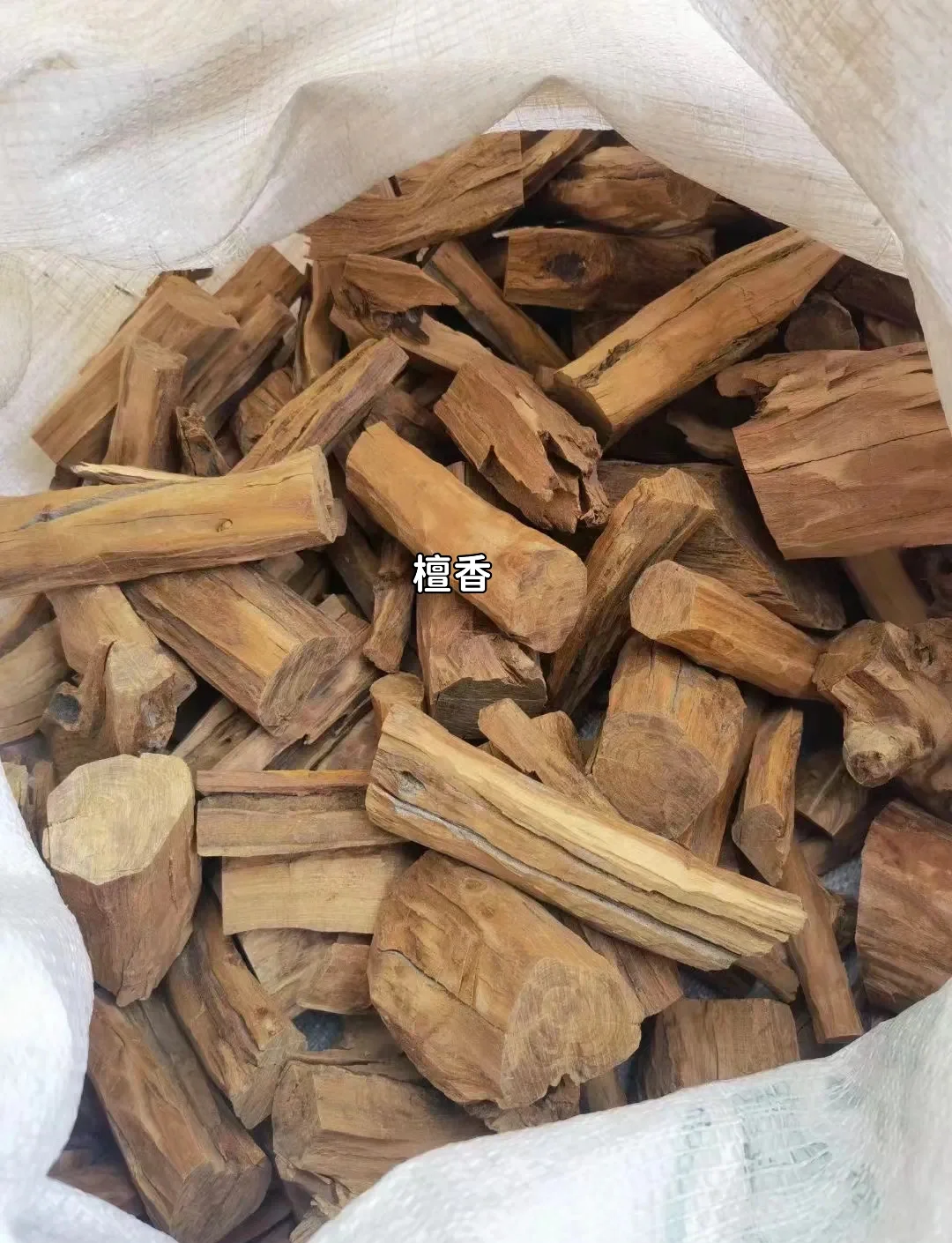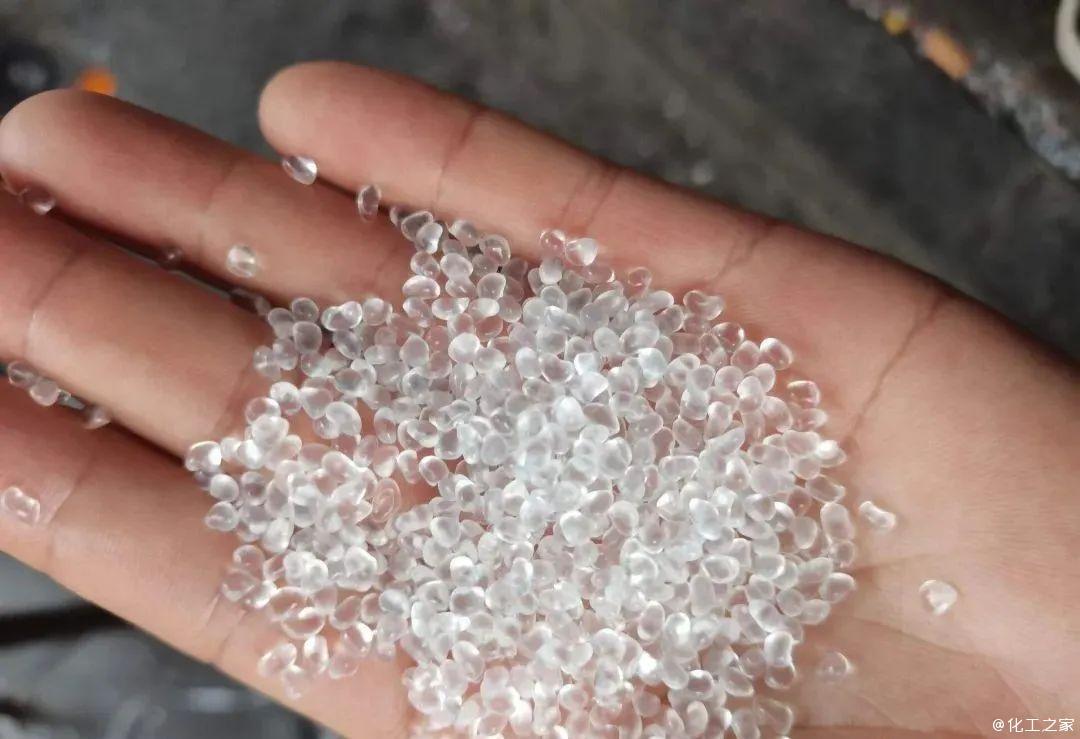17
2025
-
06
type A starch and type B starch
The main differences between type A starch and type B starch are as follows:
Crystal structure:
Type -A starch: The monoclinic lattice parameters are a=2.124nm, b=1.172nm, c=1.069nm, g=123.58°, and the density is 1.48. The cross-sectional area of the cross region of the double helix structure is approximately 2.1nm², and the volume is 15nm³. Amylopectin and side chain amylopectin exist relatively independently. The double helix occupies the central position, and there are only eight structural water molecules in the center.
Type B starch: The lattice parameters are a=b=1.85nm, c=1.04nm, g=120°, and the density is 1.41. The cross-sectional area of the cross region of the double helix structure is approximately 3.0nm², and the volume is 26nm³. Amylopectin and side chain amylopectin are entwined together, with the left-hand double helix gathering in parallel to form a hexagonal shape, and the central part is filled with 36 structural water molecules.
Particle morphology:
Type A starch: The granules are disc-shaped or lens-shaped, with an average diameter of 10 to 48μm, and the surface is uneven with grooves.
Type B starch: The granules are irregular in shape, spherical or polygonal, with a diameter of approximately 2 to 5μm. The surface is relatively smooth with slightly visible depressions
Chemical composition:
Type -A starch: It has a relatively high content of starch and amylose.
Type B starch: It has a relatively high content of ash, protein, lipids and damaged starch. The reason is that type B particles have a small volume and a large specific surface area, which are easy to combine with proteins and lipids and are prone to damage.
Gelatinization characteristics:
Type -A starch: It has a relatively high gelatinization viscosity, relative crystallinity, gelatinization initial temperature and heat function.
Type B starch: It has A relatively wide gelatinization temperature range, and its resistant starch content is lower than that of type A starch, but it forms a more stable paste.
Crystallinity
Type -A starch: Relatively high crystallinity.
Type B starch: The research results on relative crystallinity are inconsistent. Some studies have shown that its relative crystallinity is relatively low.
Thermal characteristics:
Type -A starch: Most studies show that its initial temperature, peak temperature and final temperature are relatively low, and its enthalpy of thickening is relatively high.
Type B starch: The gelatinization temperature and peak time are relatively high.
Related News
Release time: 2025-10-09
Release time: 2025-09-08
Release time: 2025-08-16
Release time: 2025-08-02

Tel: +86-18663389867

E-mail: dqm@acme-china.com

Address: Room 8006, Excellence Financial Plaza, 215 Shuangzhu Road, Huangdao District, Qingdao, Shandong
Copyright © 2025 ACME Biotechnology CO.,LTD | SEO | Business license








